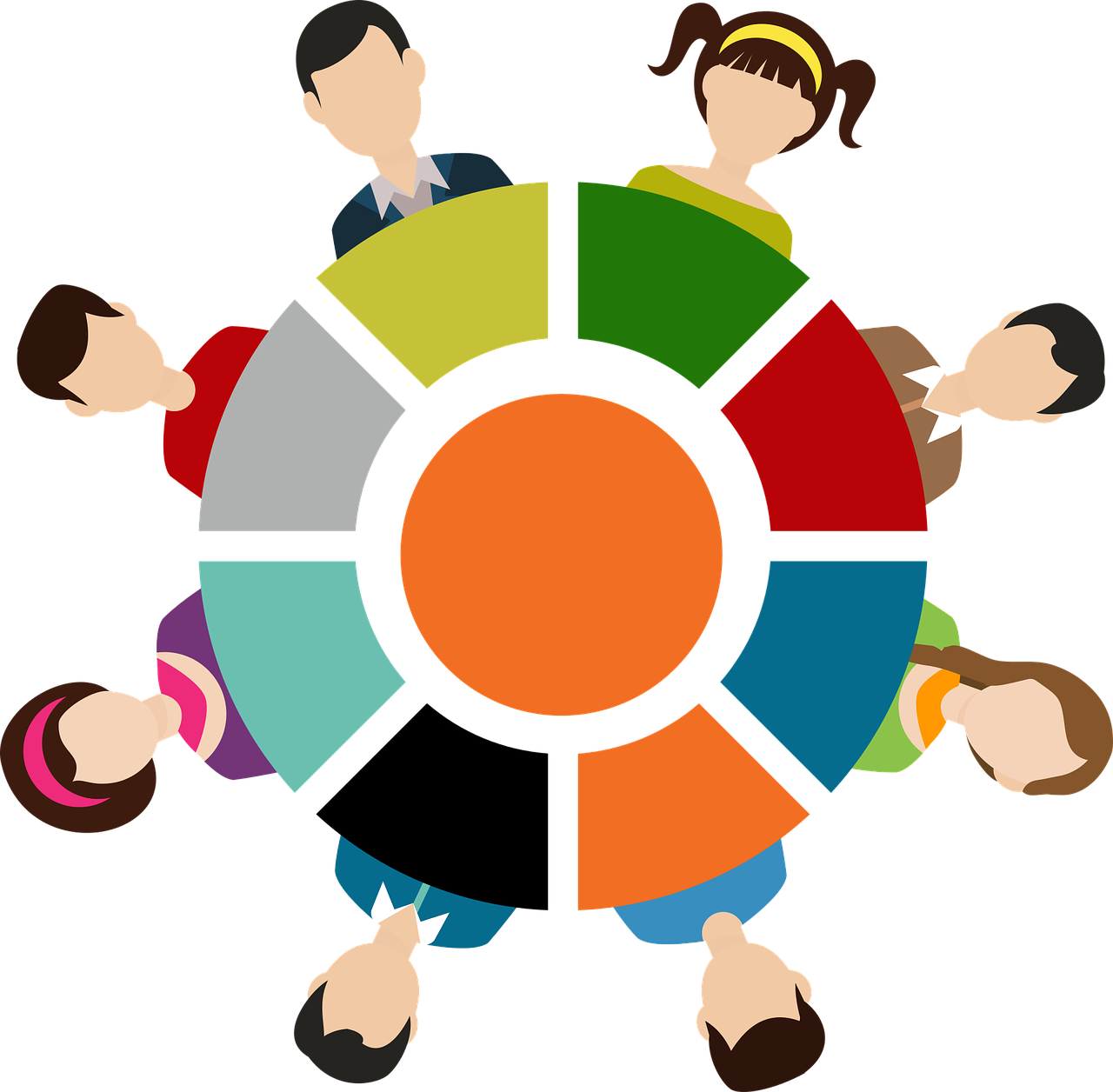It would be short-sighted to finalise your office teams before you’ve had the opportunity to assess the employees on behavioural issues and personality attributes. Teams are a group of people who are put together for a common purpose but the real reason for creating teams is the hope that the output from the collective effort would be significantly better than what each individual can accomplish separately. Team members are, at a fundamental level, short-listed for their knowledge, skills and expertise. But one has to also take into consideration the personality traits and thinking approaches necessary for a task. The final selection has to involve sizing up the distinct and unique characteristics of each and every individual who is being considered for a team role. This final step helps in properly matching people to their expected roles within the team.
What are These Unique and Distinct Traits?
There are some unique and distinct traits that are specific to each individual based on their background, life experiences, job experiences and social influences. These traits which are personality attributes, thinking approaches, work styles and behavioural patterns, have an impact on the performance of a person in team situations as well. These traits bring an additional dimension into the team selection process and have to correspond to the specific task at hand.
Examples of Unique Traits:
- Aggressive go getter Vs Passive follower
- Risk-taking approach Vs Cautious and conservative approach
- Ambitious Vs Laid-back
- Pragmatism Vs Imaginativeness and unconventionality
- Strategic thinking ability
- Analytical skills
- Lateral thinking
To cite an example, a company on a high growth path wants people with an ambitious streak being put on the teams that handle new business initiatives. That’s because people with ambition are pushy, self-motivated, driven, and determined individuals who are likely to strive doubly hard to make the company’s own aspirations come true. The company would therefore like to channel the ambition of such employees suitably by giving them bigger responsibilities and greater challenges in order to draw on their potential to activate the company ‘s growth.
In many organisations the trend is towards using formal methods and tools such as MBTI (the personality type model) or HBDI ( which measures an individual’s thinking style). These tools are used to understand employees better. This understanding of personality types, attitudes, thinking approaches, work styles and behaviour is immensely useful when teams are cast since the objective is to assign the right people to their intended role within the team.
The objective is also to bring in diversity into the team and put together people with varying perspectives and approaches. Just as cross-functional expertise is considered in certain project teams to bring in complementary skills into the project, similarly different personality types also make a difference to the manner in which the team deliberates a problem. Tools like the MBTI, HBDI or Belbin Roles are often used as guidelines to bring in diversity while casting office teams. Diversity is extremely useful during problem solving since it offers greater scope for different perspectives to surface and these diverse viewpoints set the stage for studying all possible alternatives before selecting the best possible strategy, solution or idea for a task.
Many large corporations reportedly use the Meyer-Briggs Type Indicator (MBTI). Usually the MBTI questionnaire is administered to all employees and when the time comes to assign teams, results from MBTI are used as a qualitative assessment basis to form teams with a mix of personality types. The 16 personality types that emerge from MBTI do not specifically identify 16 personality traits. MBTI actually provides a framework of 16 different types of individuals and each of these ‘types’ have a combination of personality traits, work preferences and work styles. The MBTI approach clearly depicts the variations in work style preferences and work approaches of different personality types. (Reference: http://www.myersbriggs.org ).
Irrespective of which qualitative tool an organisation chooses to employ, getting the team-mix right is quite crucial if an organisation wants to achieve its business objectives. Putting the right people together is like a foundation on which the team can then go about building its work output. The performance of the team is thereafter influenced by how well the team members are able to think through the problem, interact, and effectively carry out their individual roles.
 Team Building Portal
Team Building Portal